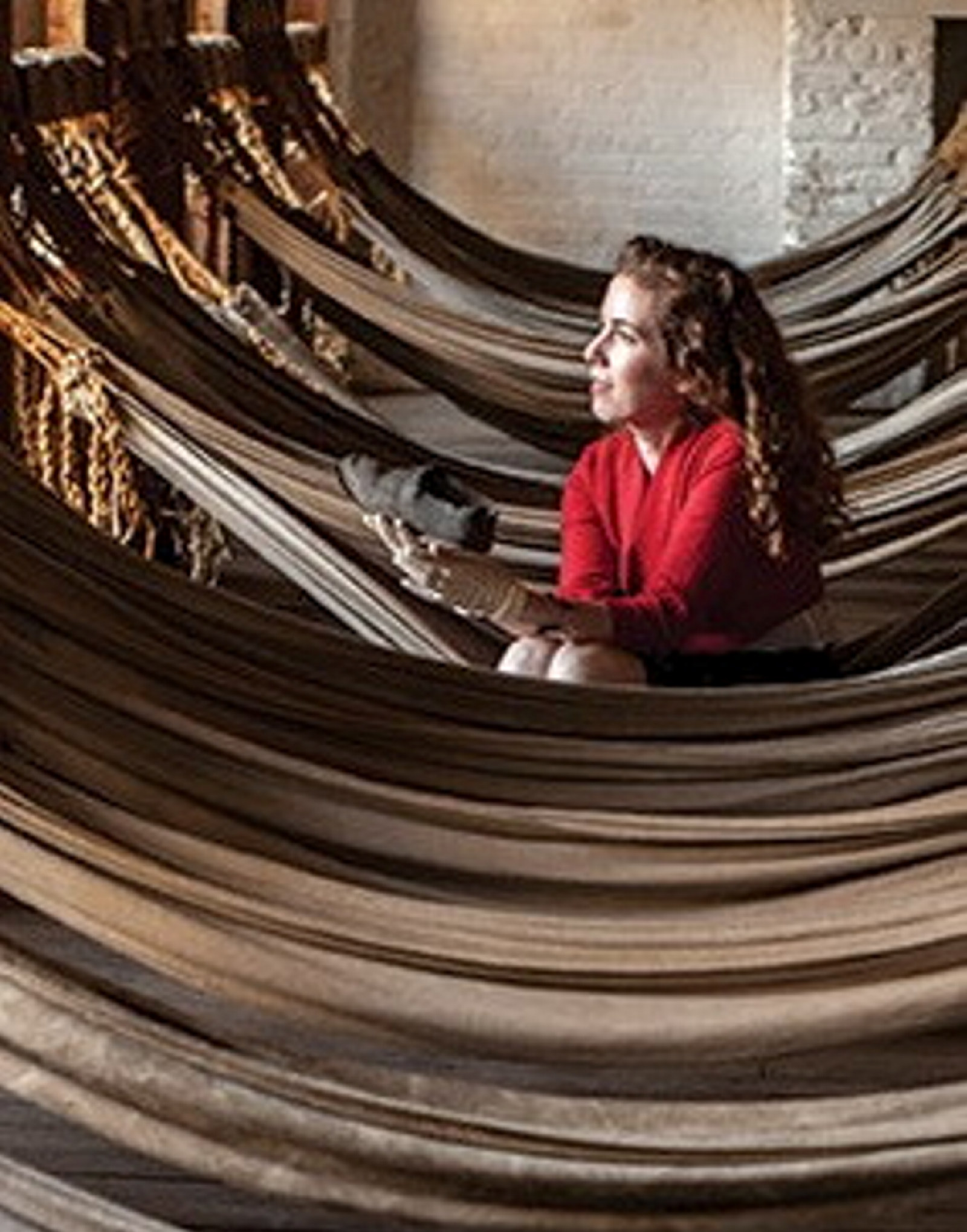Joseph Smyth - cast for death
It’s extremely rare to find any personal possessions of the convicts who passed through Hyde Park Barracks between 1819 and 1848, but one small, very special object has recently surfaced.
A convict love token, engraved by Londoner Joseph Smith/Smyth1 in 1817 for his wife Mary, has such a compelling story, with a clear connection to Hyde Park Barracks, that we made sure that we acquired it for the Hyde Park Barracks Museum’s collection.
Made by smoothing down pennies and engraving messages on them, love tokens were commonly made by British sailors and convicts in the 18th and 19th centuries, to give to loved ones before parting.
Offered for sale at a numismatics auction, Smith’s token was engraved on a George III halfpenny, with the words ‘Joseph Smyth/CAST FOR DEATH/4 July 1817/Aged 33’ on one side, and the name ‘Mary Ann Smyth/Aged 27’ engraved on the reverse.
A search of records revealed that Joseph Smith was tried for burglary at the Old Bailey in London on 2 July 1817, aged 33. A master brickmaker, Smith was sentenced to death for his crime. While in the overcrowded and squalid Newgate Prison in July, thinking that he was destined for the gallows, Smith had this token made with the words ‘Cast for death’ upon it.
Love tokens were often made in Newgate, and this one appears to have been made by the same engraver as another token with the same design, made for convict Elijah Swainson on 5 July 1817, which is now in the collection of the National Museum of Australia.
Six weeks after the trial, both Smith and Swainson were amongst a few convicts in the prison who were ‘respited during pleasure’ - which means that their death sentences were commuted to transportation for life.
Awaiting transportation during September and October on the Retribution hulk, moored on the River Thames at Woolwich, Smith sailed on 1 November 1817 from Plymouth on the transport ship Batavia.
After five months at sea, he arrived in Sydney on 5 April 1818, when Hyde Park Barracks was still under construction. With his useful trade of brickmaking, Smith was kept in government service, and it’s quite possible that he made, and even laid, some of the bricks for the construction of the barracks. In an 1822 letter petitioning for his Ticket of Leave to be granted, he stated that
Your petitioner arrived in the colony per ship Batavia… in April 1818 under sentence of transportation for life and hath been employed in government ever since as a brickmaker.
Employment in government service in Sydney meant that Smith would have lodged at Hyde Park Barracks, after it was opened in May 1819.
In 1824 Smith was sent from Hyde Park Barracks to work at Rooty Hill station, but was transferred back to the barracks on 15 July 1825. In 1827 Smith received his Ticket of Leave, and in 1828, he was among 79 convicts working in Road Gang 19, stationed at Wombat Bush near Paddy's River, building the Great Southern Road. In 1832 Smith was living in Bathurst, where he died of ‘exposure to the cold’.
But what of Mary Ann Smith, the recipient of Joseph’s love token?
In his petition of 1822, Smith states that his wife, a convict ‘under a similar sentence’, arrived in 1820 on the Lord Wellington.
The closest match in the records is Maria Smith (interchangeable with Mary), tried on 17 June 1818, sentenced to transportation for life, and arriving in the colony in 1820 on the Lord Wellington. Maria received her Ticket of Leave in 1827, and in 1828 was employed as a housekeeper to James Marshall, in Clarence Street, Sydney.
Unfortunately, we have no information about how or where the token travelled during the past 200 years, but we wonder if perhaps Mary committed the crime in order to follow her husband to the colony, and brought the token with her to Sydney in 1820.
Another convict love token, probably made by Cornelius Donovan, is already in our collections.
Notes
- The spelling of the surname Smyth with a ‘Y’ was used interchangeably for the surname Smith in the early nineteenth century. It appears that the engraver of Joseph’s token used the spelling most familiar to him.
Published on
Related
Browse all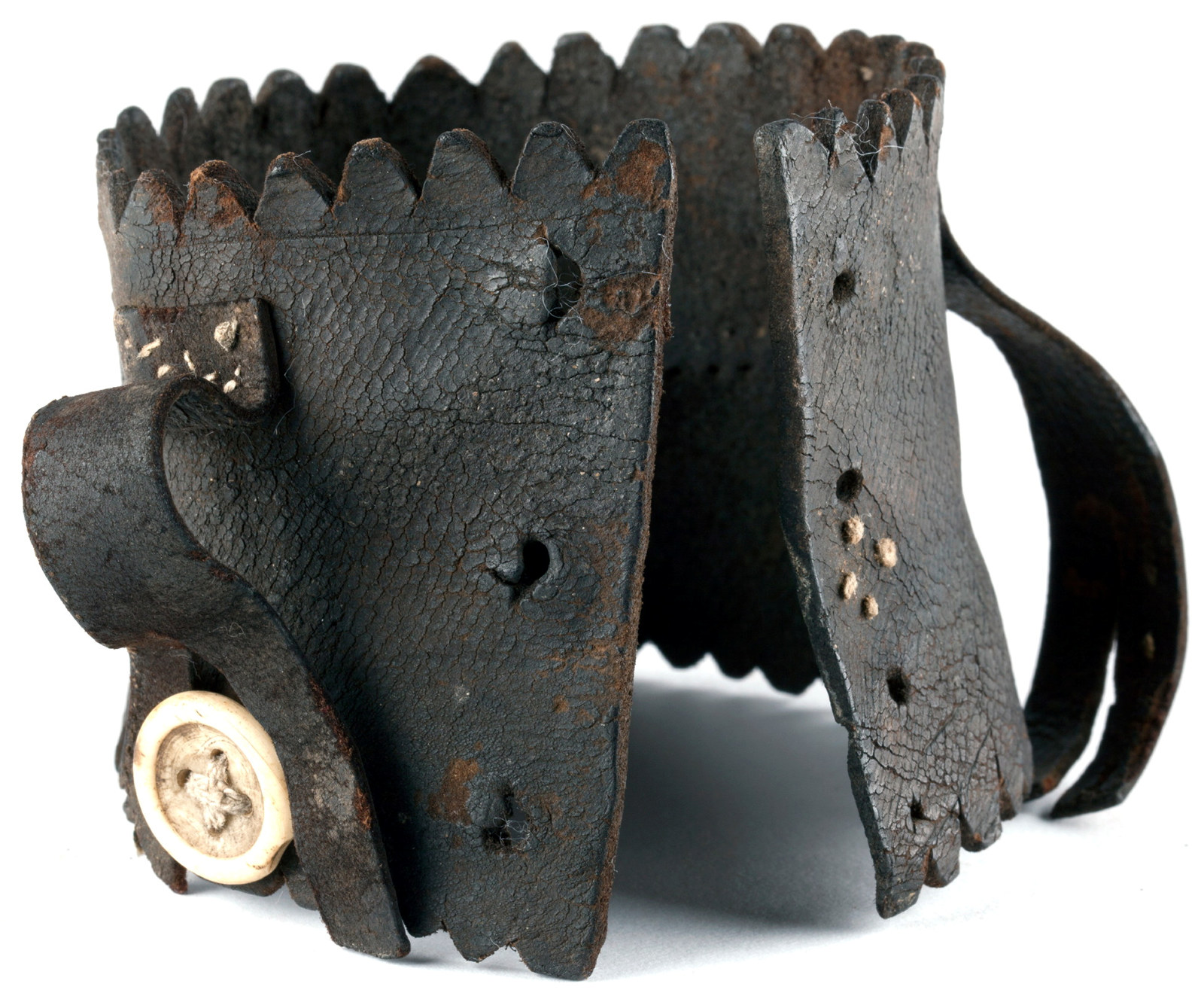
Convict Sydney
Leg Iron Guard
A stunning example of an improvised handicraft, this leather ankle guard or ‘gaiter’ was made to protect a convict’s ankle from leg irons
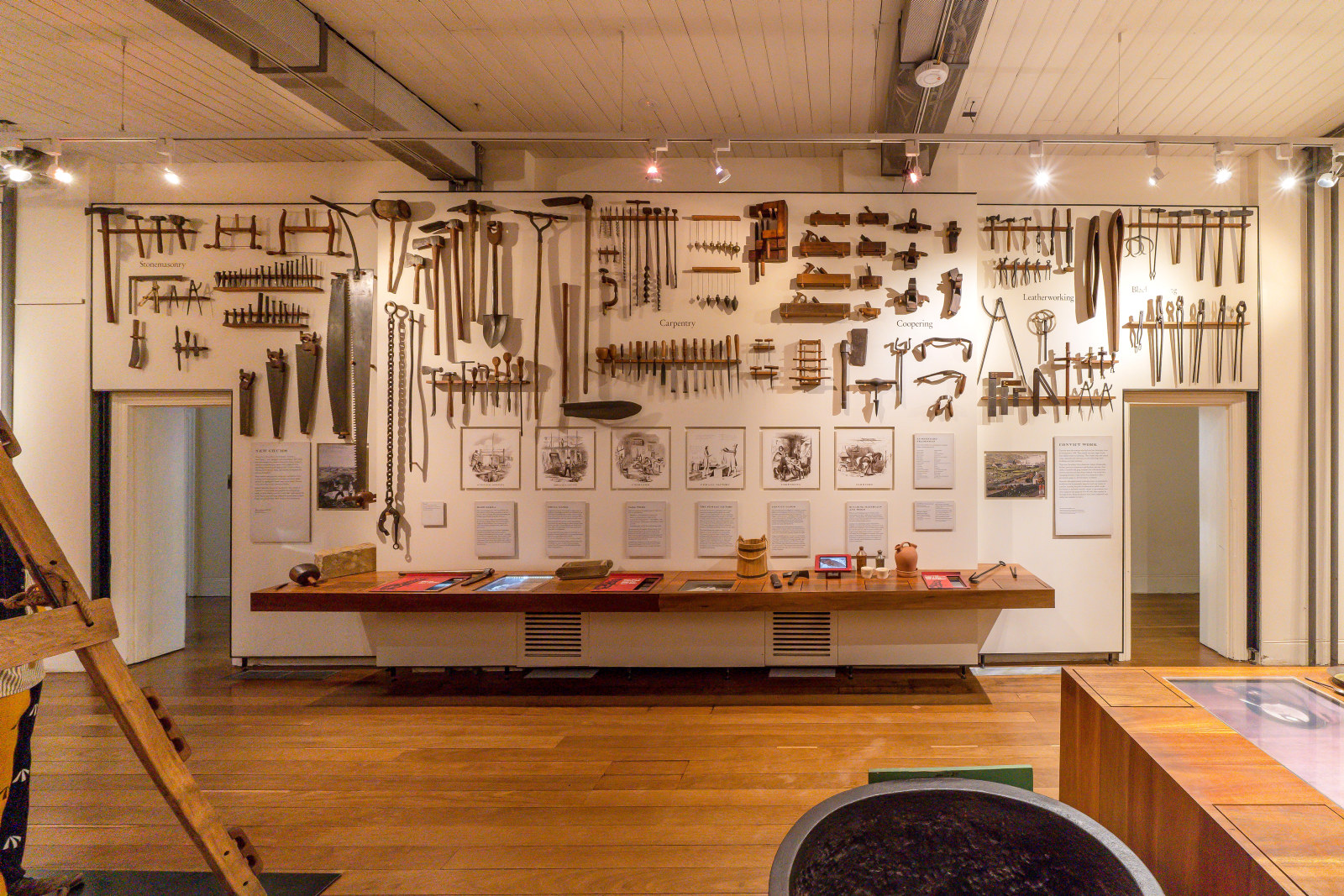
Convict Sydney
Objects
These convict-era objects and archaeological artefacts found at Hyde Park Barracks and The Mint (Rum Hospital) are among the rarest and most personal artefacts to have survived from Australia’s early convict period
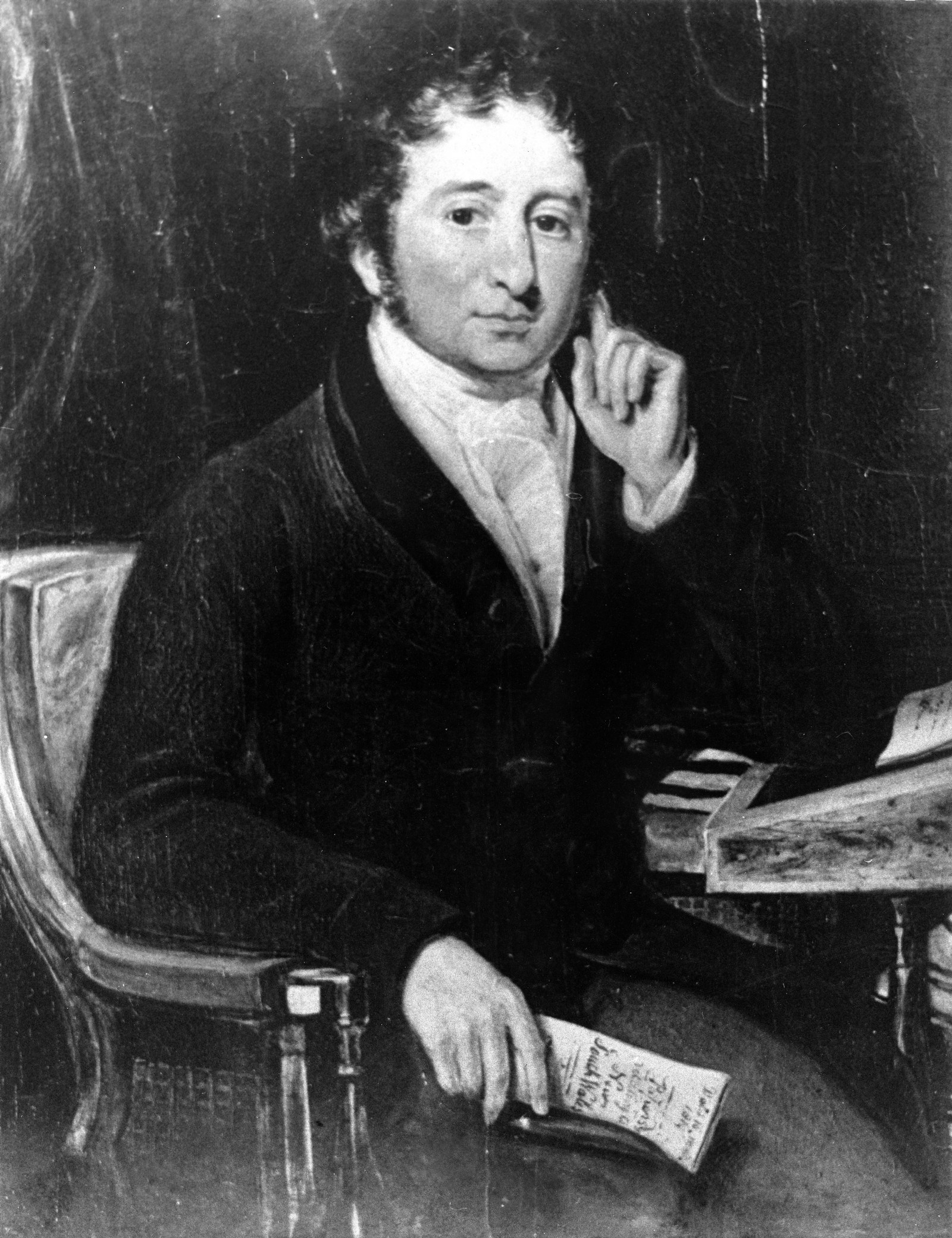
Convict Sydney
Bigge inquiry
The Bigge Inquiry (1819–23) made recommendations to reshape the colony and make transportation ‘a fate to dread’
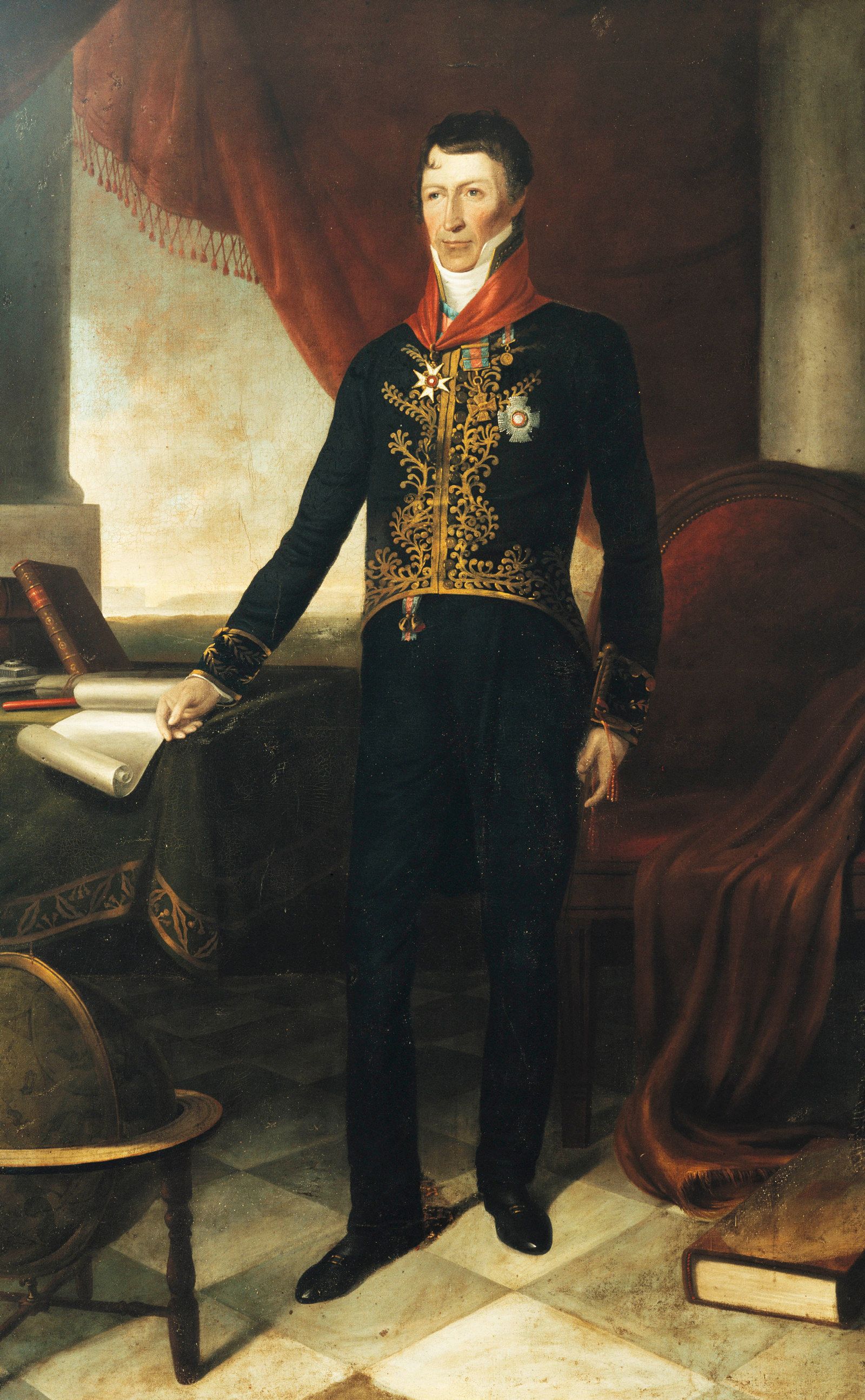
Convict Sydney
Thomas Brisbane
Brisbane came to the colony with a clear mandate to get tough on convicts and support large scale farming.
